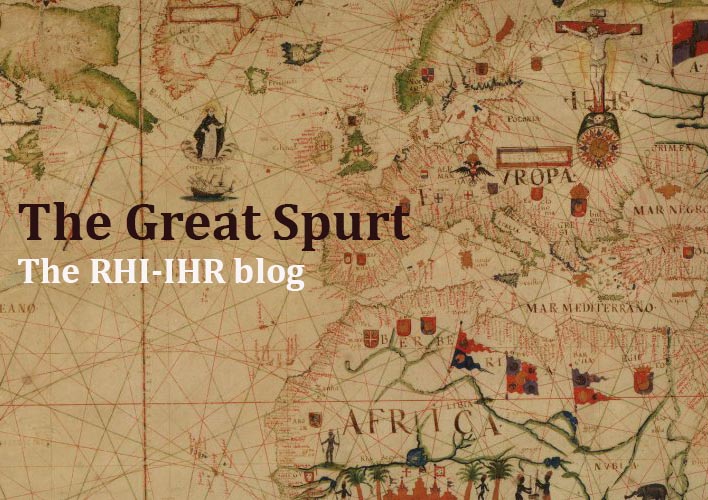The cork-stopper industry in northwestern Spain: origin and evolution of an activity with a handmade-domestic profile (1827-1977)
Keywords:
Stopper, cork, rural industry, northwestern SpainAbstract
The increase of the use of cork as a closure stopper reaches La Liébana (Cantabria, Spain) along the second decade of the xixth century by the hand of French traders that supply it to Marensin factories. A few years later it expands across northwestern Spain mainly due to Portuguese influence and, especially, to Catalan origin manufacturers. Initially, the business is mainly forestry related but little by little small initiatives on cork materials emerge. These business initiatives, in spite of the vast location involved —from Cantabria to Salamanca and from the Basque Country to La Coruña—, maintain a quite unchangeable profile almost until the last cork industries close down at the end of the 1970s. This profile is characterized by its being handmade, a family and domestic business and scarcely mechanized.Downloads
Downloads
How to Cite
Issue
Section
License
The author assigns all rights to the publisher. Creative Commons
The author who publishes in this journal agrees to the following terms:
- The author assigns all intellectual property rights exclusively to the publisher for the entire duration of the applicable intellectual property rights.
- The publisher will distribute the texts under the Creative Commons Attribution License, which allows others to share the work, provided that they acknowledge the authorship, its initial publication in this journal, and the conditions of the license.





